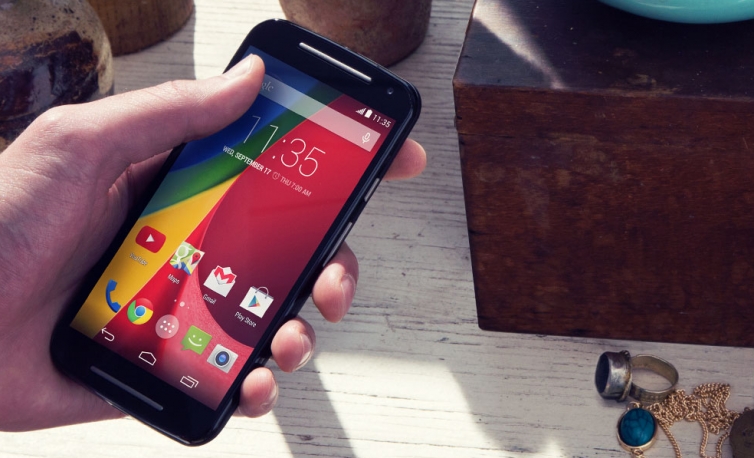As expected, Motorola has announced a slew of new devices today, updating their smartphone line-up for 2014 while also launching the highly-anticipated Moto 360 smartwatch.
The Moto 360 goes on sale today for $250, packing a 1.56-inch nearly-circular 320 x 290 display and a TI OMAP 3 application processor. There's also a 320 mAh battery that's charged through wireless charging, 512 MB of RAM and 4 GB of internal storage, and the device is IP67 water resistant.
Powered by Android Wear, the Moto 360's software is essentially the same as other smartwatches that launched a few months ago. Sensor-wise you get a pedometer and a heart-rate monitor, which helps make the 360 a capable fitness tracker.
The $250 launch price will net you a Moto 360 with a leather strap; the metal-strap edition will launch later this year for $300.

The new Moto X for 2014, officially known as just the "Moto X" (not the Moto X+1), is a significant hardware upgrade on Motorola's identically-named flagship from last year. The display size has been bumped to 5.2-inches with a resolution of 1080p, while the SoC has also been upgraded to a Snapdragon 801 at 2.5 GHz.
The rear camera on the Moto X is 13-megapixels and includes an interesting ring LED flash around the lens. Other specs include 2 GB of RAM, up to 32 GB of internal storage, and a 2,300 mAh battery.
Also improved from the 2013 Moto X is a new partly-aluminium frame, with new back cover options including genuine leather. The Moto X will be available in the United States (and other countries) later this month for $499 off-contract.

The final smartphone Motorola announced was the Moto G: an updated version of the device that launched late last year, with a new display (5-inches at 720p, up from 4.5") and an improved eight-megapixel camera. The SoC stays the same - a Qualcomm Snapdragon 400 - and the handset will launch without LTE support.
Like the old Moto G, the new version will retail for just $179. It's available today in the United States, India, France, the UK, Brazil, Spain, and Germany; more nations will get the device towards the end of the year.